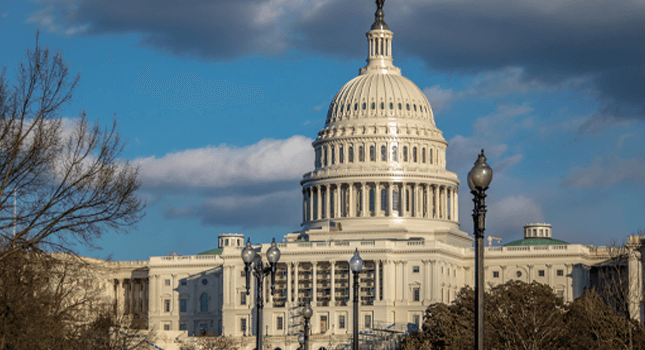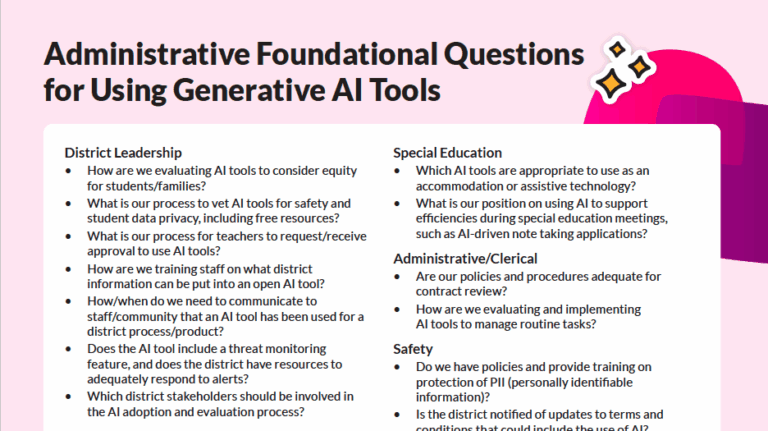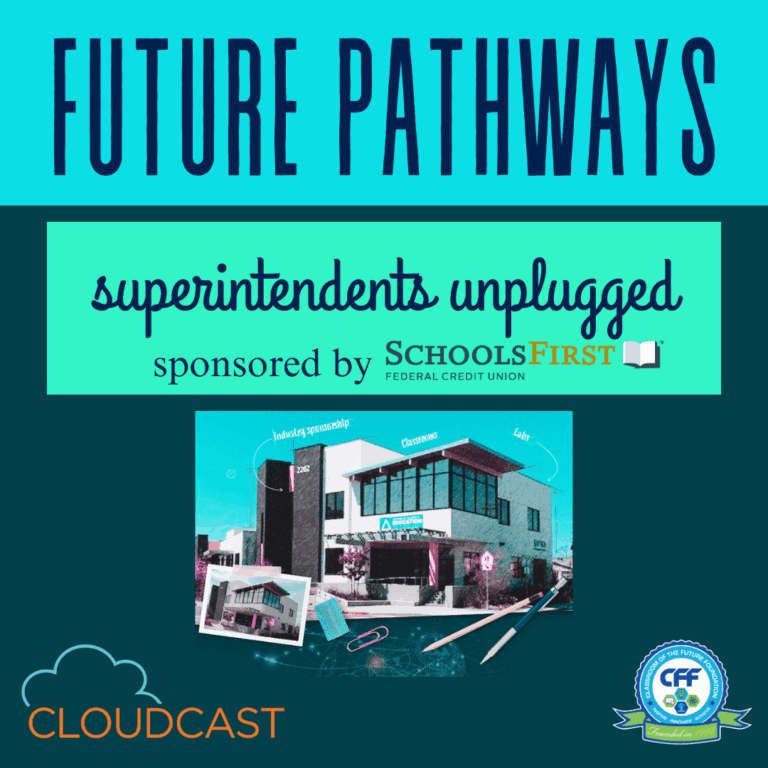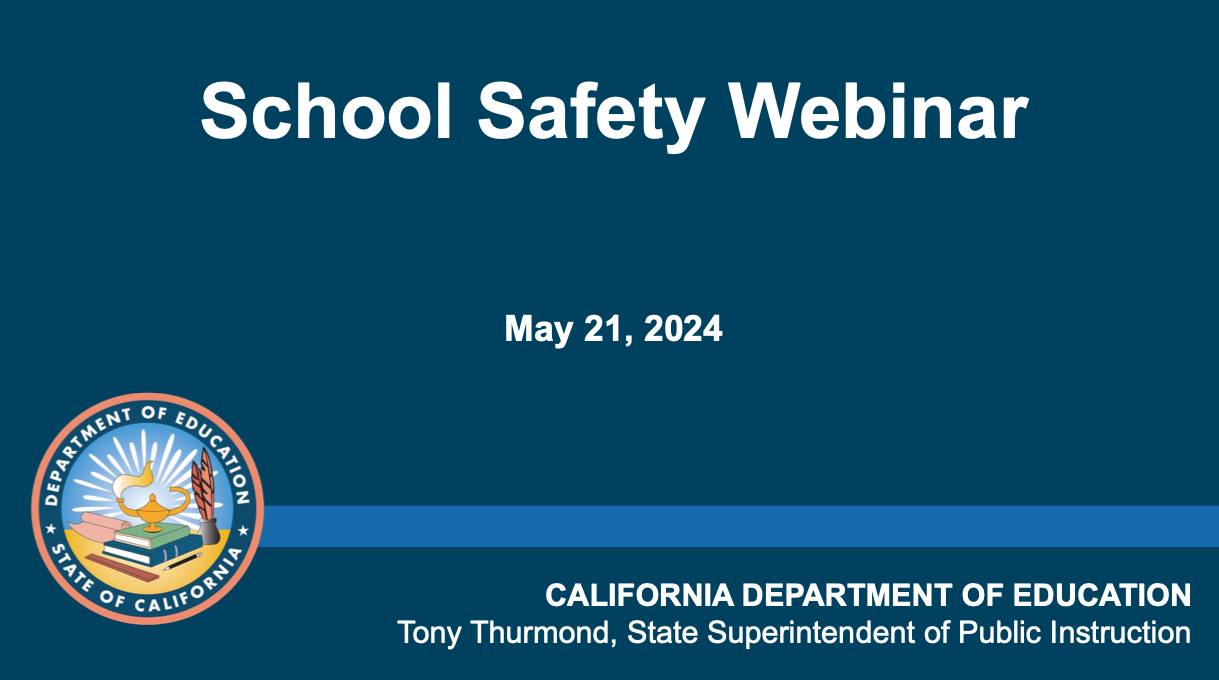This article was provided to ACSA by Gail Marshall
It’s never too soon to plan for the unthinkable.
No one knows that better than two Rancho Cucamonga school districts, which this summer suffered four student suicides during the first two weeks of school.
The victims, two boys and two girls, were ages 10-16. Three were in Chaffey Joint Union High School District, which encompasses 12 schools, and one 10-year-old boy was enrolled in Alta Loma School District, a K-8 district.
The timing of these deaths is a dramatic example of the challenge facing the state’s school system, since the tragedies occurred just two weeks after a new state law went into effect requiring California schools to have prepared prevention, intervention and “postvention” programs for grades 7-12. Postvention addresses the after-effects of the deaths.
A few weeks later, on Sept. 17, Gov. Jerry Brown put even more muscle into the law, signing an additional bill requiring school districts and other agencies that educate students to review and, if necessary, update their suicide prevention policies at least every five years. Clearly these plans must not be yet another binder on the shelf gathering dust.
The newest student suicide cluster is no doubt sending administrators statewide into a thoughtful review process of their mental health student services and crisis intervention teams. Tragedies happen anywhere.
When crisis strikes
Chaffey already had a mental health task force meeting regularly to expand services, Superintendent Mathew Holton told the Los Angeles Times. During the crisis, therapists were deployed to each school to assist grieving students and staff. A total of 18 marriage and family therapists, 54 counselors, 27 psychologists and five psychotherapists were made available to students in the 12 schools.
Holton says a new community task force comprising city officials, police and fire chief and superintendents in the area are discussing how to share resources. He plans an expansion of partnerships with mental health agencies.
Online training on the way
Assemblyman Marc Berman, D-Palo Alto, has been an active legislator on this topic. This summer he was successful in getting Brown to designate $1.7 million to fund online suicide prevention training for free to all public middle and high school students and staff. The training must be evidence-based and address high-risk groups such as lesbian, gay, bisexual, transgender and queer, American Indian and Alaskan Native youth. The bill had bipartisan support.
Cynthia Butler of the California Department of Education reports that the online programs are expected to be selected by the end of October. The deadline for students and staff to complete the training is June 30.
The Los Angeles Times is reporting that the governor also is expected to sign legislation that would require public schools to print the National Suicide Prevention Lifeline phone number on the identification cards of students in grades seven through 12. Senate Bill 972 by Sen. Anthony Portantino, D-La Canada Flintridge, passed in both houses, and if signed would be implemented in July 2019.
What are the chances?
Student suicides in California average 7.9 per 100,000 children, according to kidsdata.org in its most recent tabulation, 2013-2015. San Bernardino County, where Rancho Cucamonga is located, was about average in the latest poll, with 7.4.
Before Chaffey, it was the student suicides in wealthy Palo Alto that shook the state. Conversations centered on high expectations by schools and families in this region. And then there was a cluster in the Central Valley’s Clovis Unified, where half the students qualify for free lunches, a marker for low-income families.
Clearly, despair can kill anywhere. Both Clovis and Palo Alto are in counties with average numbers of youth suicides, according to kids.org. Palo Alto is in Santa Clara County with 8.4 per 100,000, and Clovis is in Fresno County with 7.4. The highest state numbers are found in Kern County at 11.4.
Youth suicide is now the second-leading cause of death among those 10 to 24 years of age, according to the federal Centers for Disease Control and Prevention, and it is on the rise. The suicide rate for middle school students also is at an all-time high. A recent study in the Journal of Pediatrics stated that nearly one in five high school students in California has experienced suicidal ideation.
Palo Alto spurs action
Perhaps one of the most extensive suicide prevention plans, intended to be a model for other schools, is on the Palo Alto Unified School District’s website. It’s called the “Toolkit for Mental Health Promotion and Suicide Prevention,” www.heardalliance.org, and it was compiled with the assistance of many agents and agencies, including the HEARD Alliance, an acronym for Health Care Alliance for Response to Adolescent Depression.
Here is the dedication: “This document is dedicated to all the youth whom we have lost to suicide. It is our hope that its regular use may help provide better support for those who struggle with thoughts of suicide and ultimately prevent the loss of life to the causes of suicide.”
The document emerged from the pain experienced by a district with two suicide clusters in this decade: In 2009-10, five students in Palo Alto Unified died by suicide, and in 2014-15 four students or alumni of the district took their own lives.
Since the first cluster, there has been a groundswell of caring, research and intentional actions in this district and surrounding community, according to Jonathan Frecceri, a child and adolescent therapist and school principal who has worked for years to address this vexing problem, for which there is no single cause.
What do he know to be true? Student suicide is a complex problem. Bring students into the mix. Contagion is real – turn it toward the good.
Clovis Unified’s experience
Clovis Unified School District’s suicide cluster in 2016-2017 affected not just the schools but the entire community, a place that prides itself on its well-funded and high-achieving suburban school district and its unique “way of life.”
After the suicides, Clovis ran into the same problems other cities face. Suicide is an awkward topic loaded with stigma and shame. Still, Students, parents and teachers – everyone – wanted answers for why this happened and how they could stop it. And they needed help coping and talking about this tough subject.
In an interview with EdSource, Jonathan Logan, a school psychologist at Clovis Unified and one of the district leaders in suicide prevention, said, “I think one thing we have learned is we have to have increased involvement, collaboration and communication between different agencies. We’ve come to understand this is not a school problem, not a home problem, but a community problem, and it’s going to take all of us.”
Clovis Unified has launched a relentless effort to figure out how to help students before they lose all hope.
The district has trained hundreds of people in noticing the warning signs, intervention and bridging skills. Professionals are accessible. A partnership has been established with Kaiser Permanente, which has contributed the expertise of Dr. Marta Obler, chief of Mental Health Services to the Clovis Unified School District Comprehensive Wellness Committee.
Obler points out in an op-ed in The Fresno Bee published in May that district officials, high school students, community members and medical providers are at the table. More trained professionals are available at every school site to help students suffering with mental illness. Peer counselors are talking with their fellow students. Classroom curriculum around social-emotional wellness is being offered, and guest speakers are sharing some of their own struggles with mental health issues.
“This is not an issue for the schools to tackle alone,” she said. “As a community, we need to understand there are ways to help our youth who may feel their problems are too big to overcome. Recognize the warning signs. Make sure you are talking to your children, friends and neighbors about suicide prevention.
“It may not be an easy conversation to have. But an important one that could save someone’s life.”
Gail Marshall, a freelance writer based in Fresno, is a former editor for the editorial pages for The Fresno Bee. Connect with her at .


































